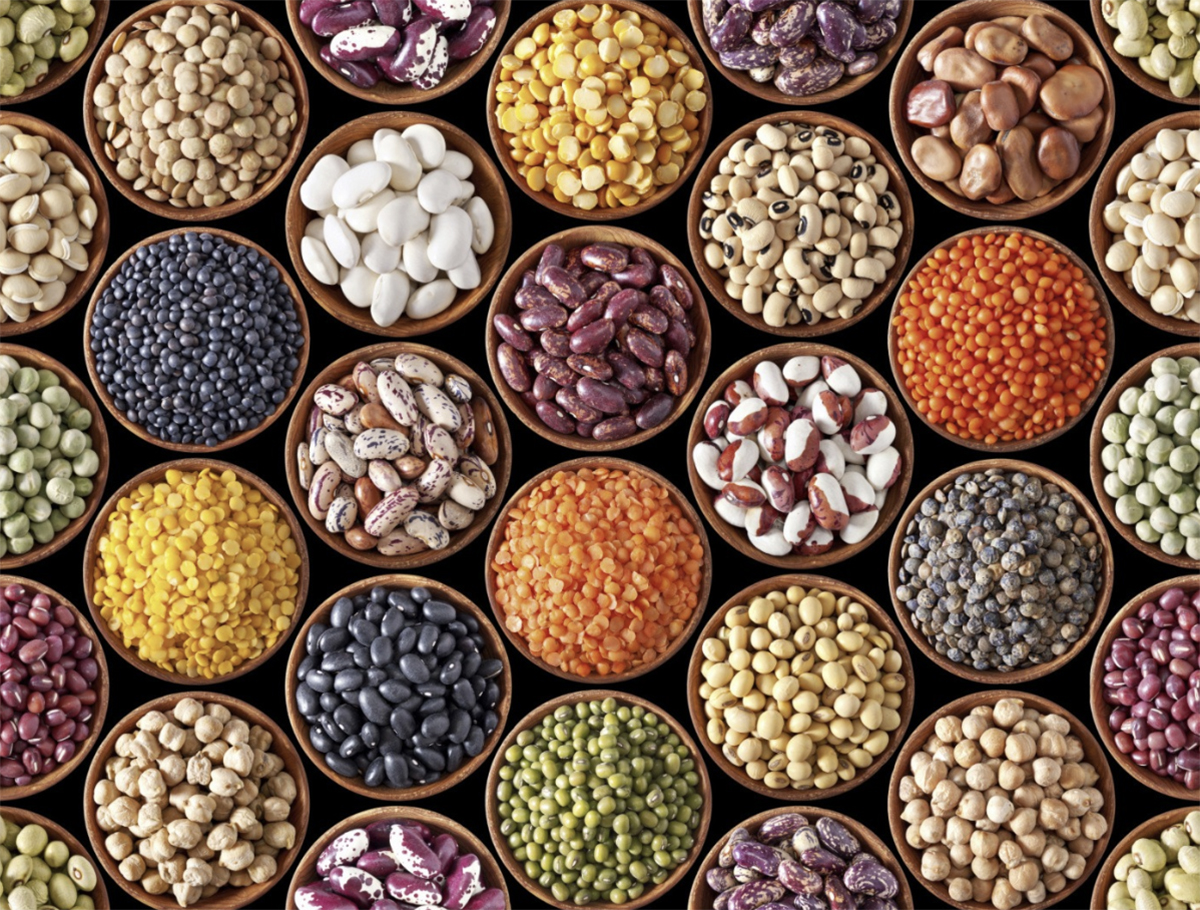November 22, 2022
The 11th International Conference on Pulses and Oil seeds took place on November 15 and 16 under the theme ‘Cultivating Global Partnership’. In this piece, read the top takeaways we got from the convention.


The GPC attended the Ethiopian Pulses, Oilseeds and Spices Processors-Exporters Association (EPOSPEA) annual Pulses & Oilseeds convention in Addis Ababa on November 15-16 2022 with CEO Randy Duckworth giving a presentation on the global pulse markets.
Read on to discover our top insights from the presentations!
Mr. Kassahun Bekele, Co-Owner and General Manager at ACOS Ethiopia gave a presentation on Ethiopian Pulse Crops Production and Export Trends. In it, we learned that the country has a GDP of 72.37 billion USD of which agriculture makes up 36.4%.
Pulses made up 7% of Ethiopia’s total exports last year - the equivalent of $223,231,127 USD - while oilseeds make up 12%. Coffee is the country’s biggest export, representing 28% of last year’s total.
Ethiopia is endowed with diverse agro-ecological zones that enables it to produce a diverse range of pulse crops, a total of 13 to be exact. The country cultivates everything from all types of beans to chickpeas, fabas (which Ethiopians call “Horse Beans”), bitter lupins and peas!
The 5-year average production of faba for Ethiopia is around 1 million MT, making it the pulse produced in the largest volumes by a long shot. After faba, Ethiopia produces around 460 thousand MT of chickpeas per year and around 350 thousand MT of red kidney beans. The country’s average total pulse production is around 3 million MT.

Over the past three years India, Indonesia and Vietnam, the UAE and Pakistan have been the main destinations for Ethiopian pulses. India makes up around one third of the total exports, which translates to about 70 thousand MT. In total, Ethiopia exports around 250 thousand MT of pulses each year.
Over the past 5 years, Ethiopia has seen a fairly steep decline in pulses exports with a total volume falling from around 450 thousand MT in 2018 to just 210 thousand in the 21/22 season. This is due to a number of reasons, including pesticide MRLs as well as high prices on international markets. In his presentation, Mr. Bekele indicated that the government has committed to implement Integrated Pest Management in all crops. He also pointed out that the export market is showing some signs of improvement due to the inclusion of new destinations.

In his Global Pulse Outlook presentation, Randy Duckworth pointed out that in the first 8 months of 2022, India’s chickpea imports are down 71% compared to the same period last year, suggesting that demand has not yet returned to pre-pandemic levels.
In fact, both Pakistan and India are showing reduced import demand, meaning there could be a surplus of desis on the market. Pakistani chickpea imports are down 81% in the period from Jan-Aug 2022 compared to the same period last year.
In Australia, excess water has delayed the harvest and may impact production and quality of desi crops. However, Australia began the year with high stocks and this, combined with decreased demand from South Asia, could mean there is a surplus of desis on the market.
Last year Uzbekistan exported more mung beans than any other country - some 131 thousand MT. Meanwhile, China’s mung exports have dropped continuously over the last 5 years while imports have climbed - from 28 thousand MT in 2017 to almost 300 thousand in 2021. Furthermore, between the first seven months of 2022 and the same period in 2021, the increase in China’s mung import volumes is almost 250%. Uzbekistan has become a huge player in mung bean exports to China.

Ethiopian Pulses Oilseeds and Spices Processors Exporters Association / Faba beans / chickpeas / beans / India / desi chickpeas / mung beans / China
Disclaimer: The opinions or views expressed in this publication are those of the authors or quoted persons. They do not purport to reflect the opinions or views of the Global Pulse Confederation or its members.